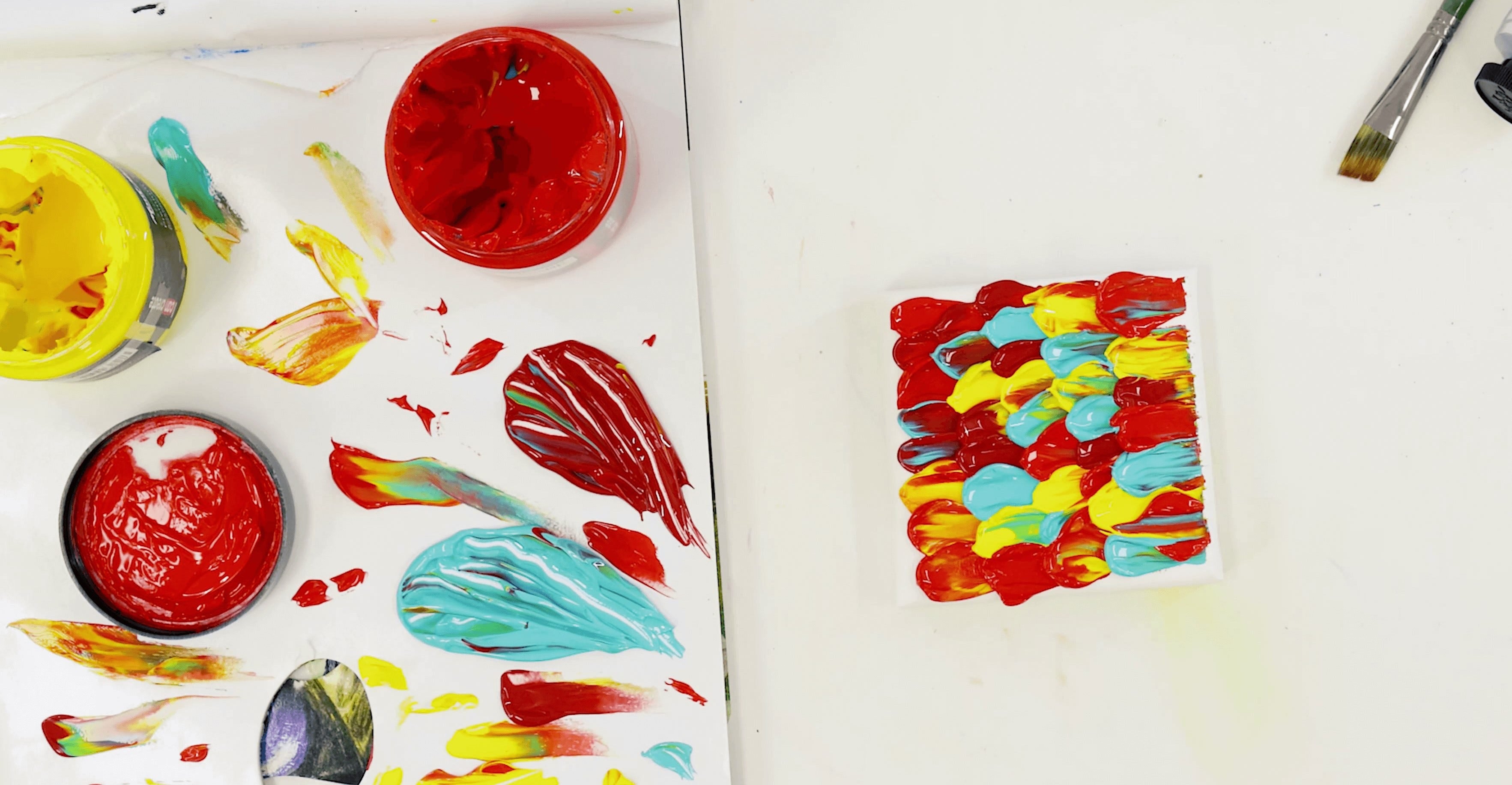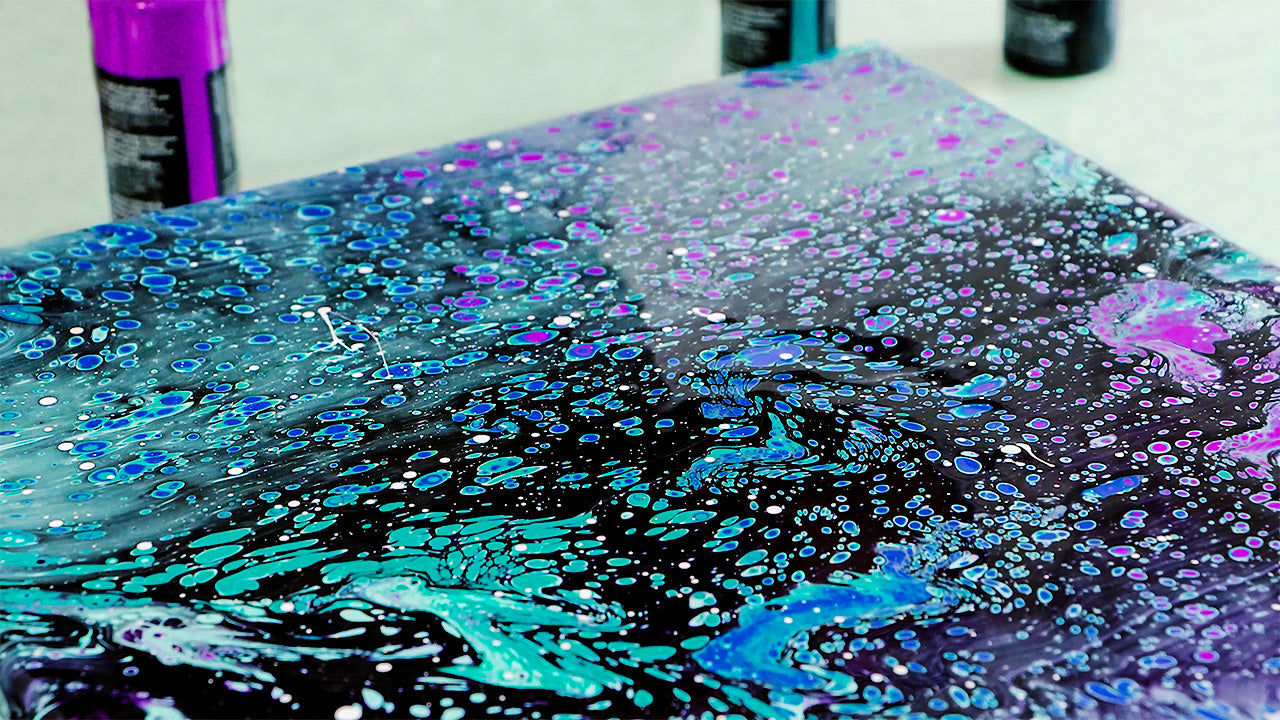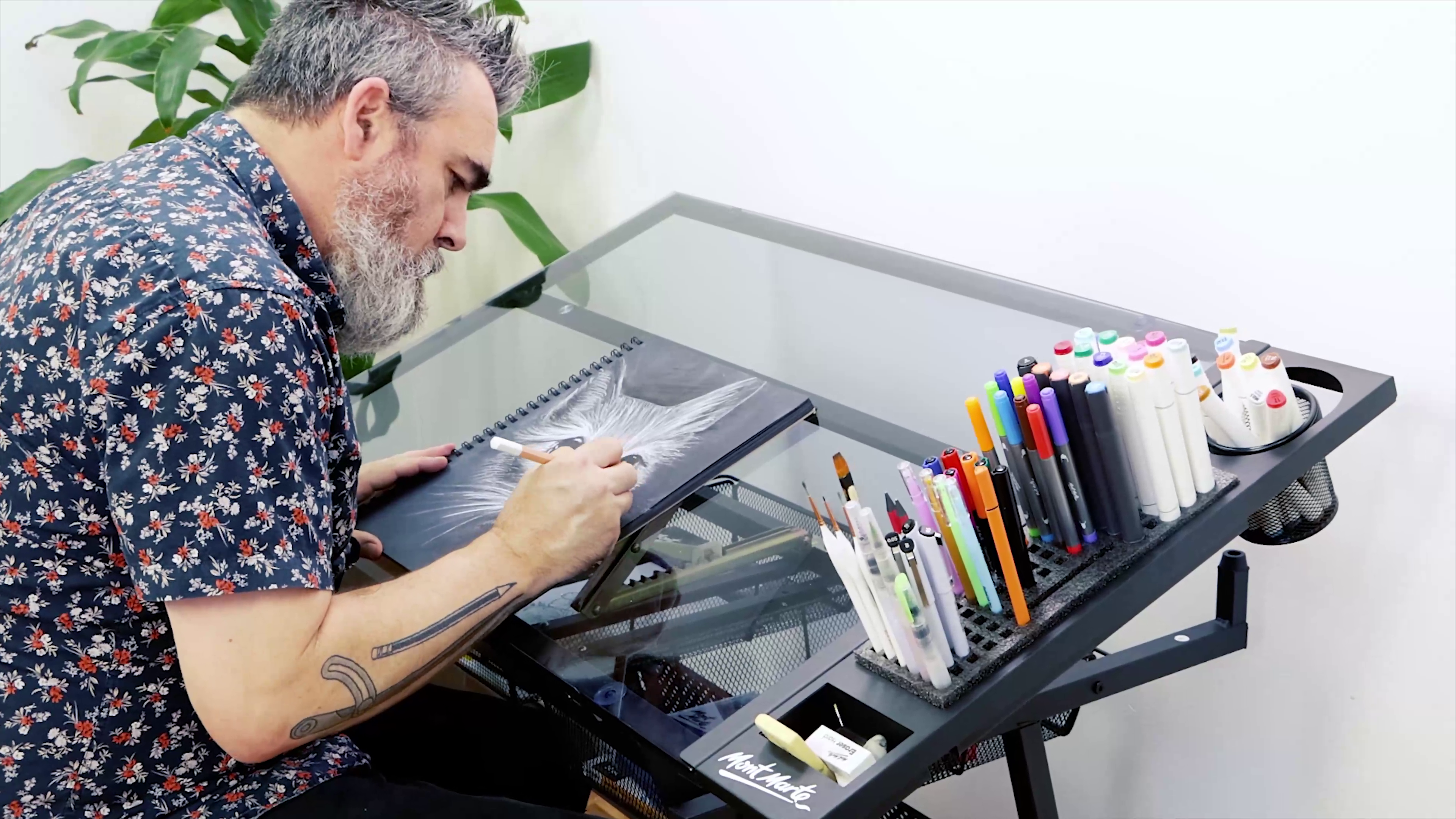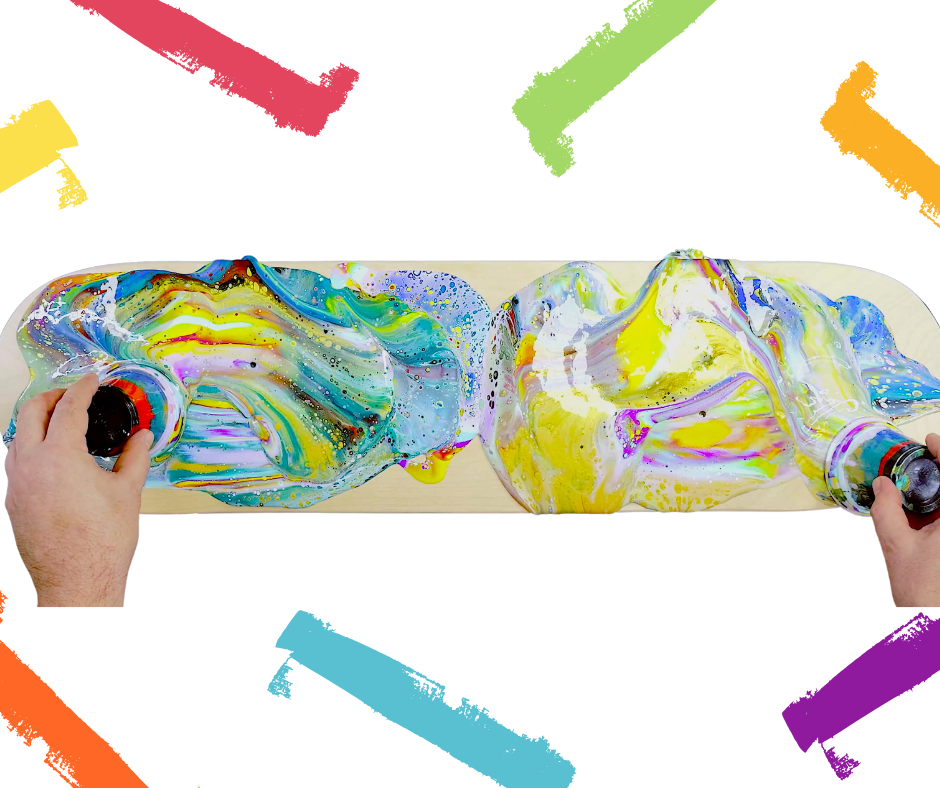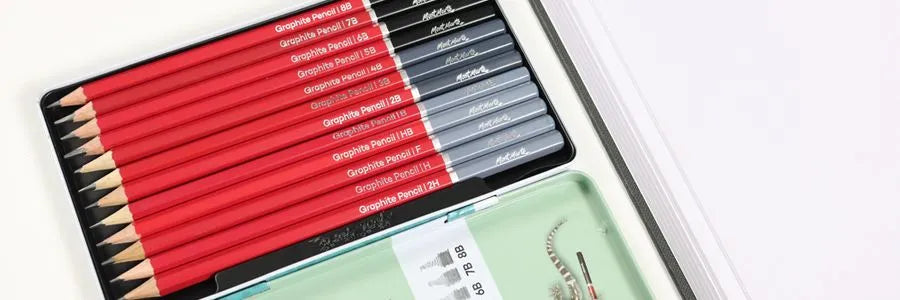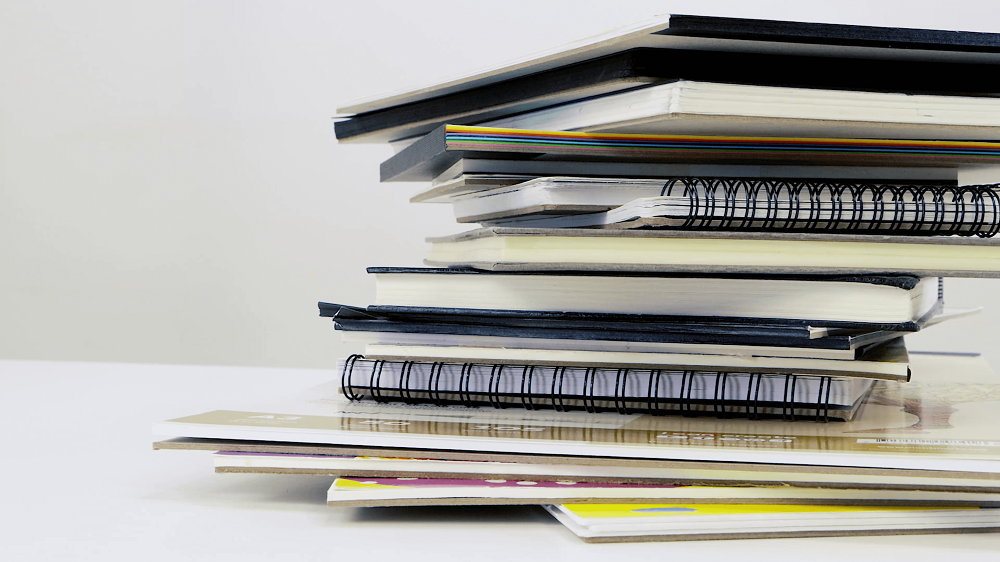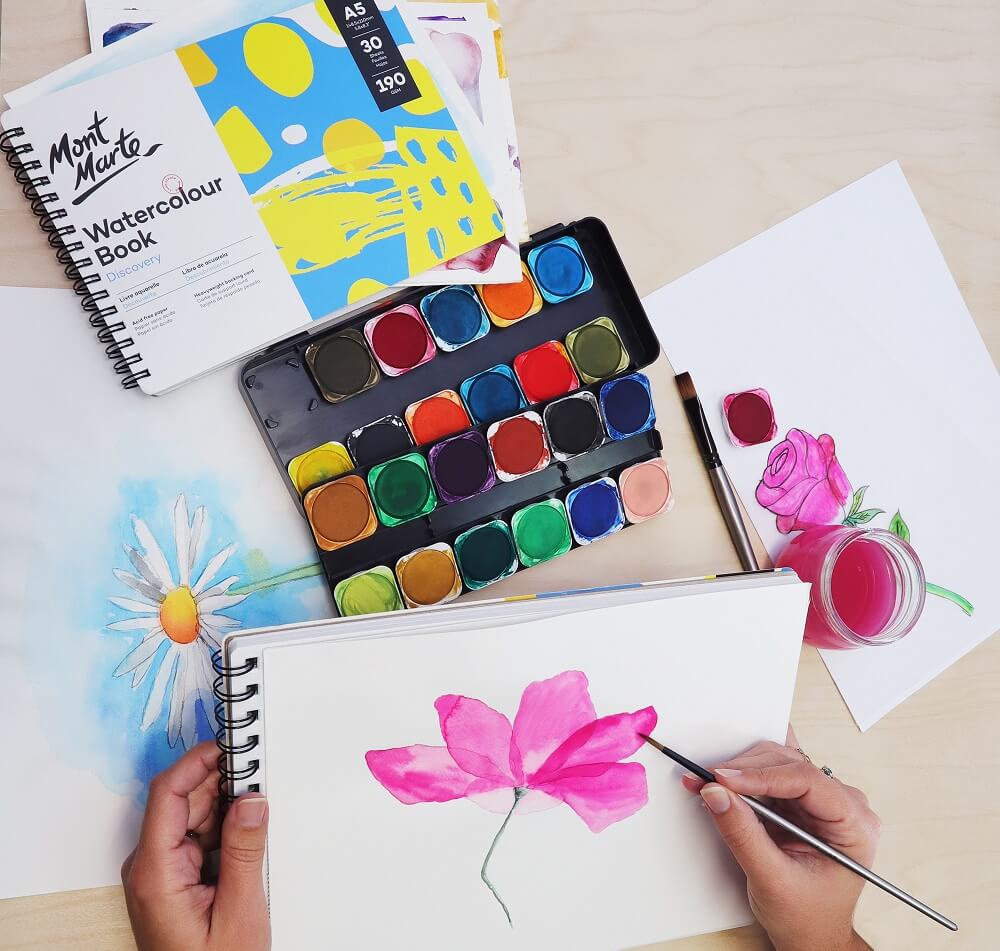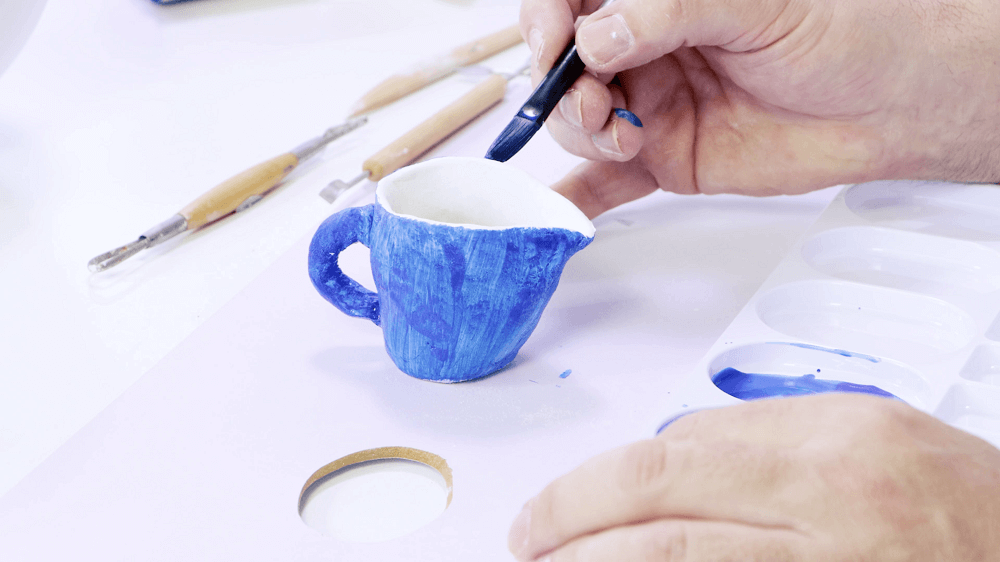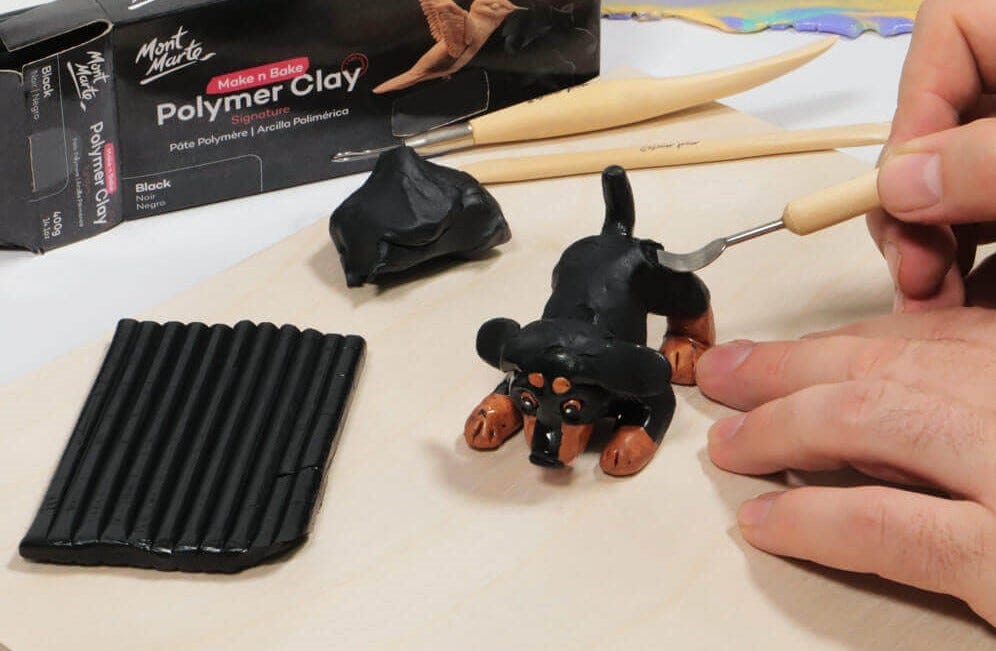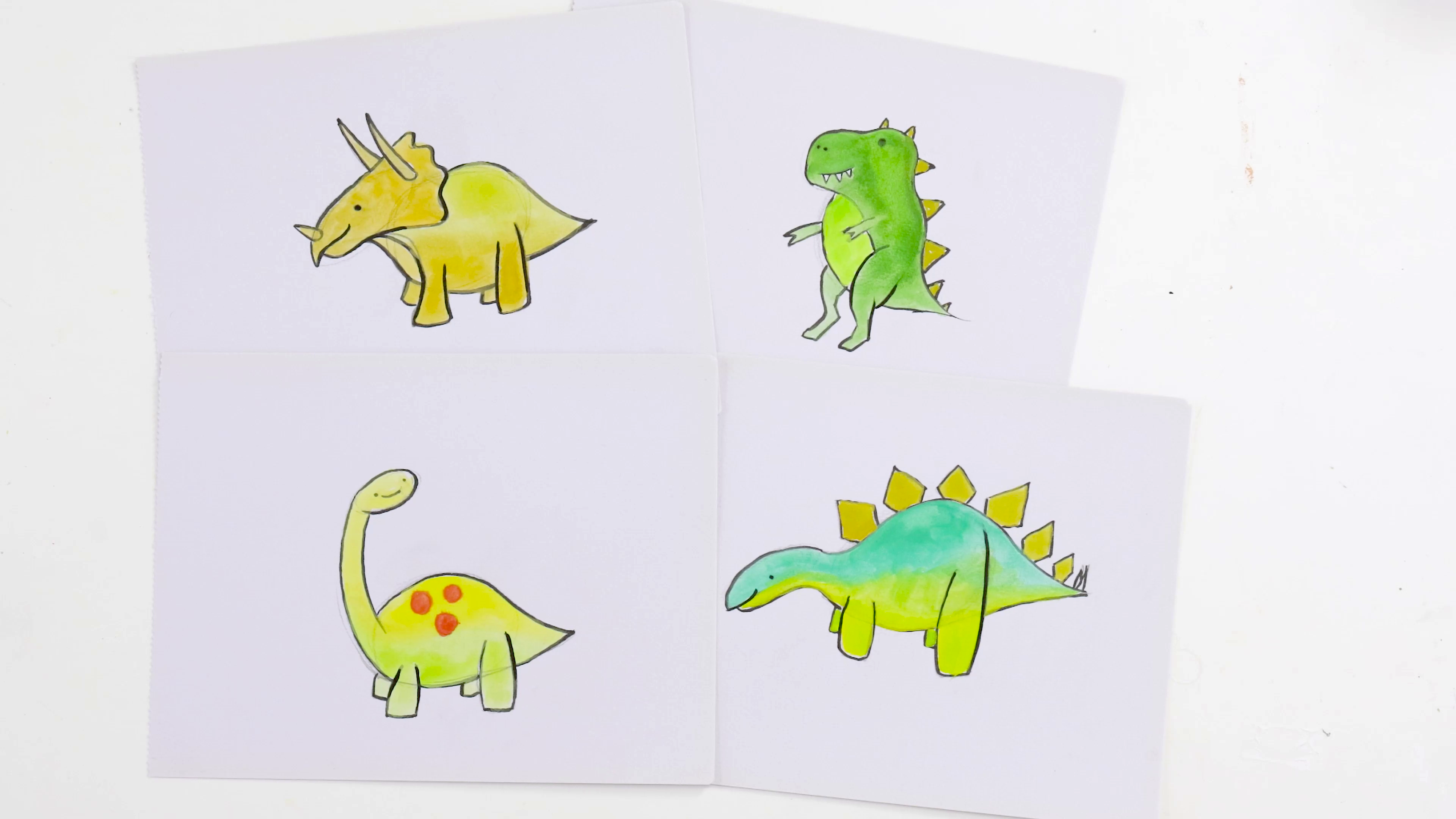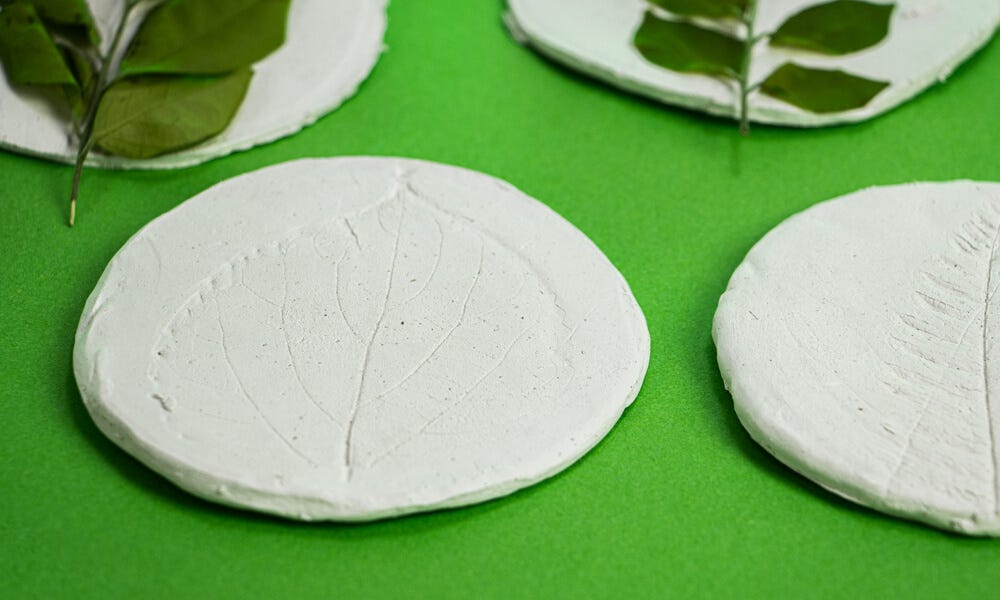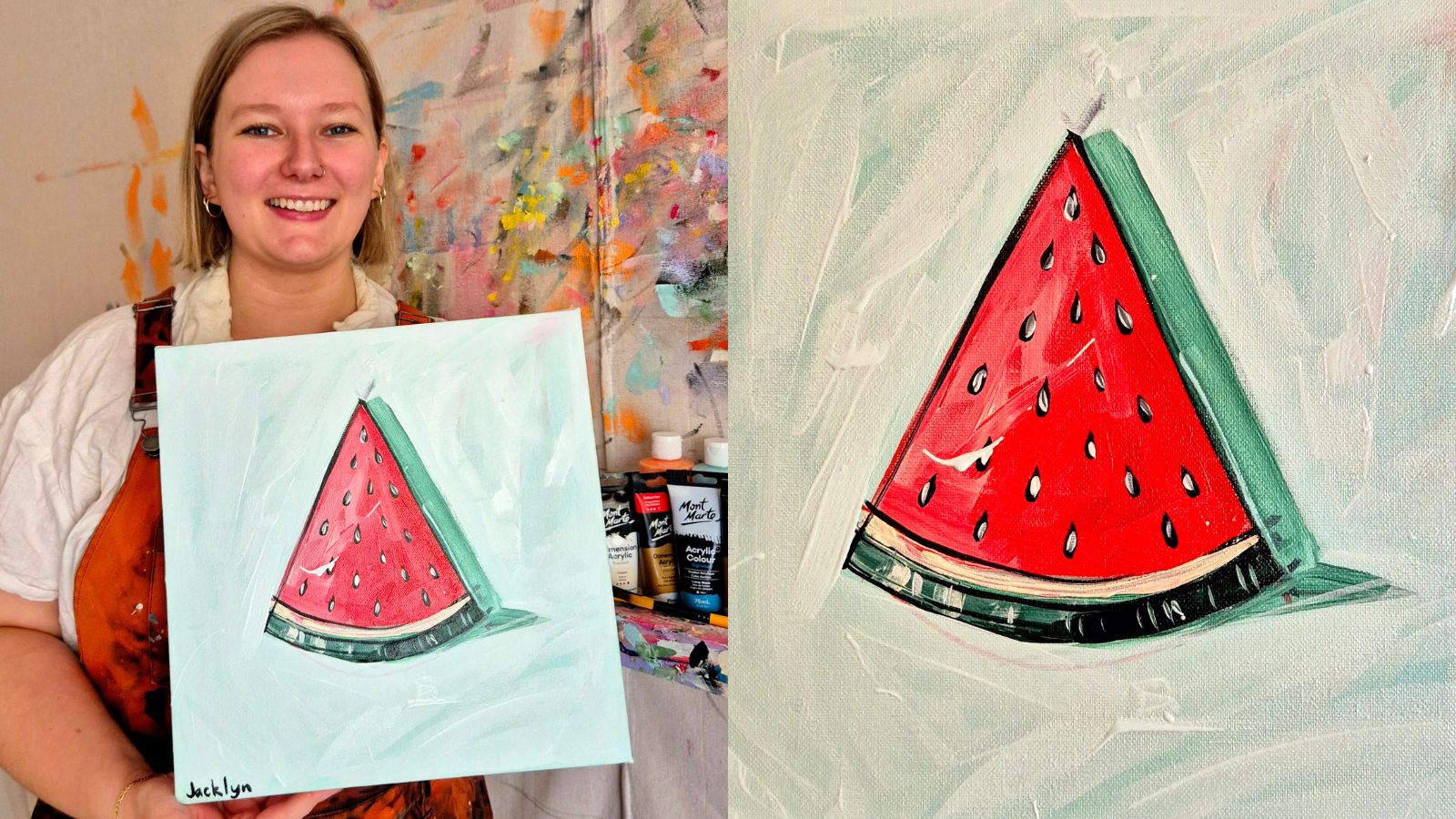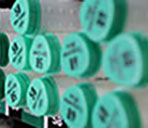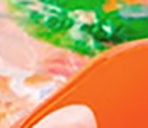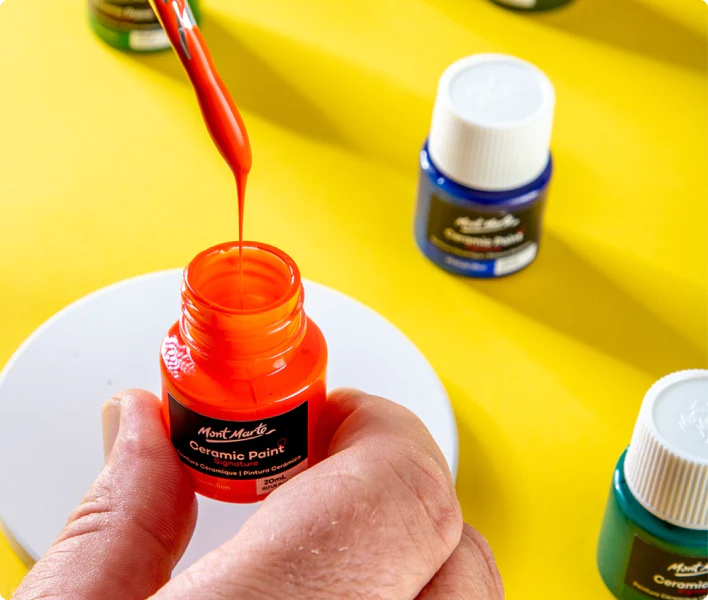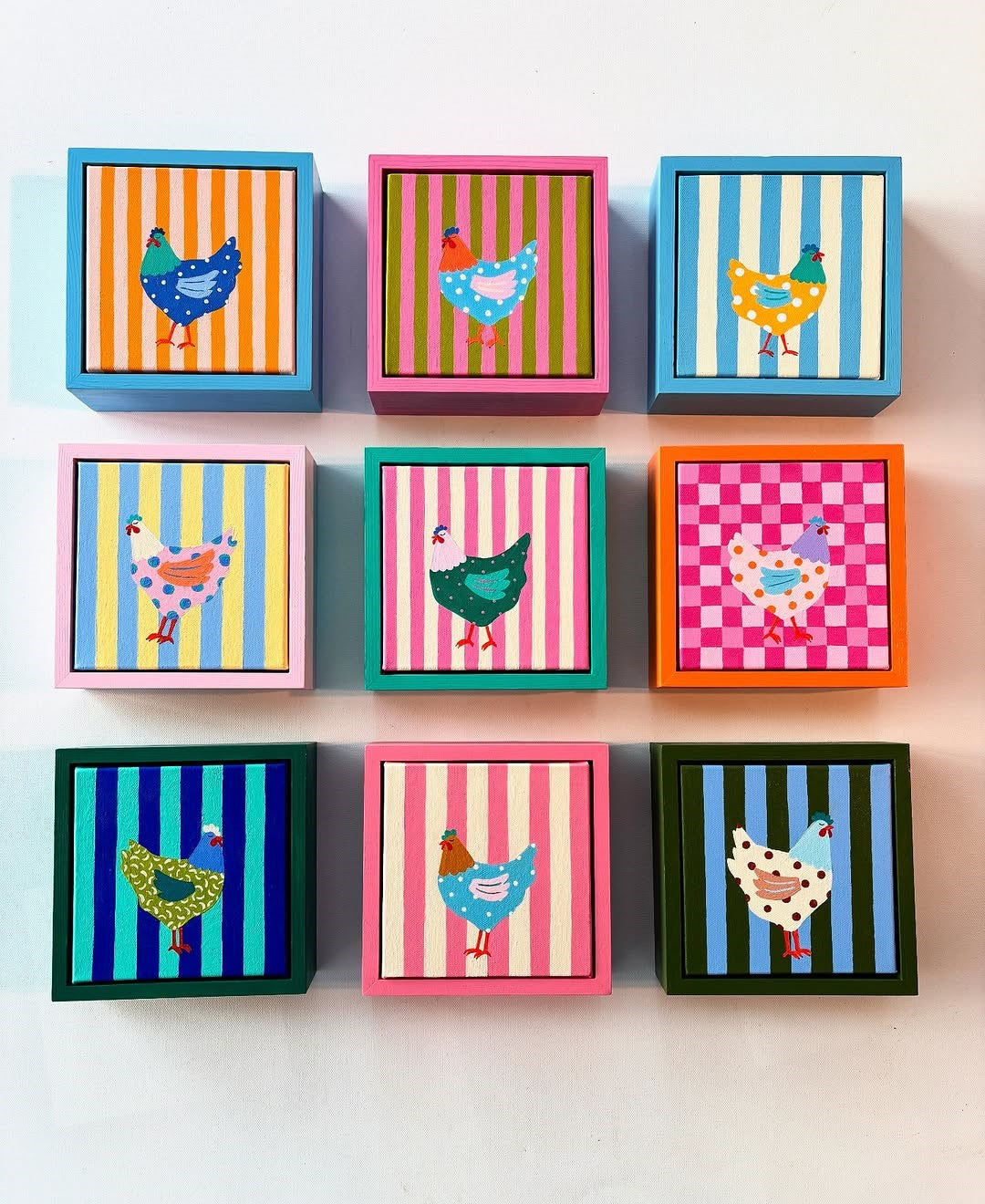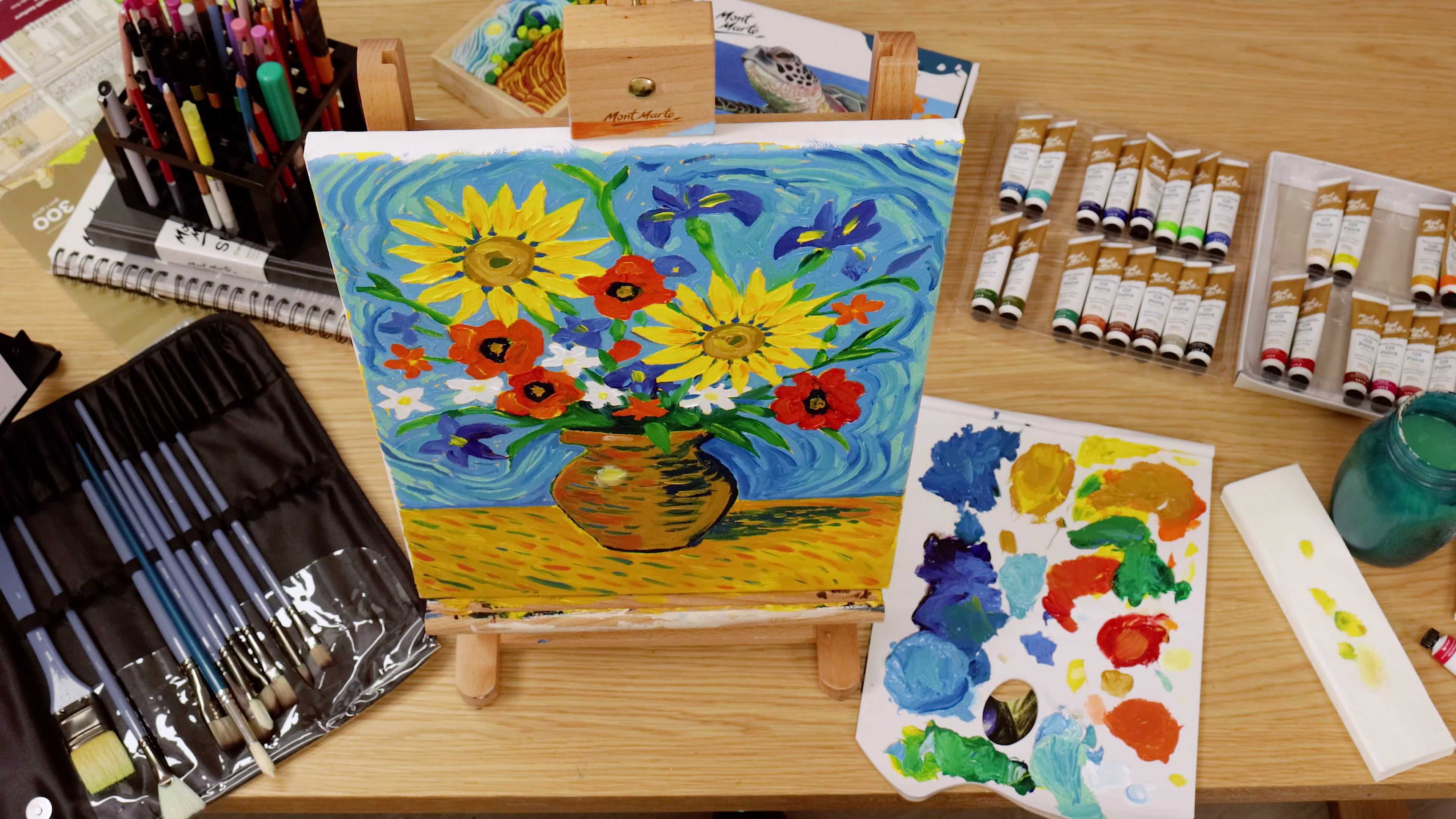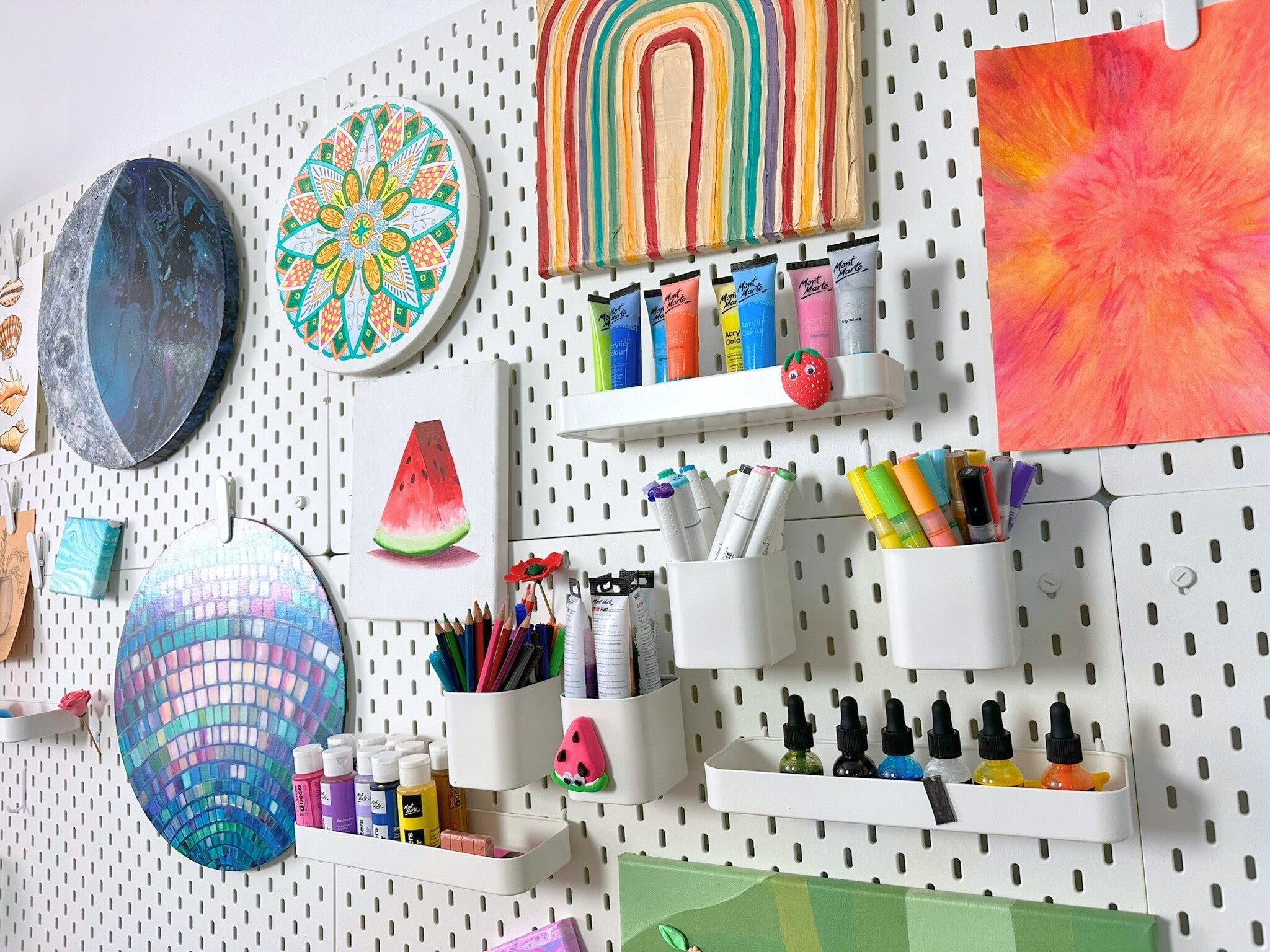Air dry clay is fun, easy to use, super versatile and best of all, you don’t need a kiln or a pottery wheel to start creating. Whether you’re a beginner or looking for a new media to try, these air dry clay techniques will inspire you to break the mould.
1. Conditioning air dry clay
First things first; you will need to prepare your clay before you start. Knead the clay using your hands or the side of your palms and gently work the clay through to condition it before you begin. This technique will work to smooth out the clay and stop any air pockets from forming.
2. Clay coiling
The clay coiling technique is one of the easiest techniques to learn, you can also apply this technique to pottery clay, later down the track too. Begin your coil by rolling the air dry clay out into small snakes using a rolling pin or the side of an old jar. Once you have a long snake, wrap the clay around and around, to create a coil. You might find it easier to roll out a bunch of coils before you begin molding them together, or you can work as you go.
3. Slab building
If you’re looking for a strong, square shape to use in your creation, you’ll want to use the slab building method, this is a type of air dry clay technique too. Start by rolling your clay out to an even thickness, this will make your slab strong and robust. Once you’ve rolled your clay out, you can create shapes using a ruler or a knife to evenly cut the sides of the clay. You’ll want to make sure that you press the edges firmly. You can even use a coil to support the sides so your work doesn’t fall over.
4. Pinch pottery
Don’t let the name fool you, the pinching pottery technique can be used for air dry clay too. It is a great way for beginners to get a feel for working with clay. Begin by rolling a single ball of clay, shape it using your hands and press your thumb into the centre. Reinforce the structure by using your hands to press out the walls with your thumb to create a strong structure for your clay, this will also help to prevent breakage.
5. Slip
Slip acts as a glue that connects clay together. Air drying clay is different to typical clay, so begin by breaking off gradual pieces. Make sure that the pieces are paper-thin and then add a tablespoon of water to around a tablespoon of clay, then leave it for a few hours to dry. Water can be added to your air dry clay to change the consistency. Make sure you gradually add in the water when making slip or your air dry clay may crack or break. If you put too much water in, pop your clay in an air tight container with a small amount of paper towel to stop it from drying out.
6. Imprinting
Imprinting is simply pressing or scratching into the clay to create texture. Have a look around the house for anything with texture such as lace, rope, shells, stones, jars and lids. These can be great to stamp into the clay to produce a pattern. If you want to scratch or etch into your clay using small tools, you may find our quick guide to air dry tools helpful.
7. Image transfer
If you want to add an image or text to your air dry clay, you can simply print the image or text out on standard copy paper. If you do have text, make sure you flip the text to a mirror reverse. Then begin by rolling your clay out to around 1cm in thickness and add a small amount of water to the clay to dampen it. Pop the design face down, (be careful to not press it) and then let it to set for two minutes before you gently pull the design off.
8. Blending colour
To combine two colours of air dry clay, roll out your first colour, followed by your second colour and then knead the two together. Continue to knead and roll the clay until the colours have blended. Note, it is easier to blend colours that are within the same colour family, as dark colours and light colours may be harder and more time consuming to blend. To create a marble effect, use an acrylic or metallic marker to your creation in the middle of a circular piece of clay, then simply twist to create a snake-like shape. Twist the clay until it becomes a coil and then roll out to create a marbled effect.
9. Gluing
If you’re working with multiple pieces such as sculpture work or adding small shapes and features to your work, you could find that when molding pieces together, the small pieces may fall off once the clay dries. Instead of molding the pieces together, which may fall apart, use craft glue to secure the pieces. Be careful when placing the pieces as the clay will soak up the glue.
10. Drying
Typically, air dry clay takes around 24 – 48 hours to dry. To make air dry clay dry faster, you can flip your creation over at around the 24 hour mark to ensure that the entire project can dry out evenly. Avoid leaving it in the sun, using a hairdryer or putting it in the oven as this can cause cracks when the project hasn’t dried evenly. If you find that you want to extend the life of your clay, keep your clay in an air-tight container or heavy-duty zip-lock bag.
11. Waterproofing
If you’re thinking of keeping your project outside, then you’ll want to ‘seal’ it otherwise the clay will revert back to its wet form when it starts to absorb water. To protect your creation, make sure that your clay has dried completely before sealing. To waterproof your air dry clay, use a coat such as a clay varnish or acrylic gloss medium. You can actually use most acrylics or a mix of equal parts PVA glue and water. For satin acrylic, (such as our satin acrylic range) seal it four times and allow each coat to dry before applying the next.
We don’t recommend that you use air dry clay for food or drinkware as it is not classified as a food-safe product, but sculptures, decorative bowls, trinkets or pots for your plants are all great project ideas.
12. Glazing
Glazing will add a nice sheen and can stop your creation from snapping. Once your air dry clay has completely dried, you can spray a lacquer varnish over it or use an acrylic gloss medium over it to prevent any snapping.
13. Sanding
Believe it or not, it is possible to sand air dry clay. Once your clay has dried completely and hardened, you can use a piece of sand paper to smooth out any sharp edges. You may want to start with a small grit to refine any rough edges before gradually increasing the grit to a finer level to polish the clay.
14. Bulking
You can use foil or polystyrene to bulk out your sculptures, this type of air dry clay technique will reduce the amount of clay that you use, but will also make your sculptures lighter. Form your shape using foil or polystyrene or add wire if you need a little more flexibility to your sculptures.
We hope that you feel inspired to start creating with our air dry clay techniques. Try these for yourself and tag us on Instagram #montmarteart or tag us on Facebook @montmarteart, we would love to see what you come up with.
Or check out our range of air dry clay products and tools.


